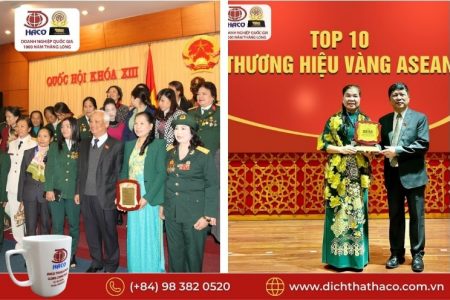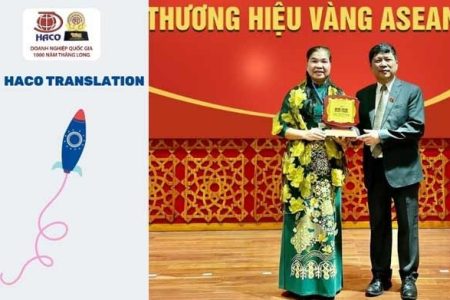Teaching Vietnamese to foreigners can be a rewarding and challenging experience. It is a great way to share your culture and language with people from all over the world. It can also be a great way to learn more about the language and culture yourself. Teaching Vietnamese to foreigners requires patience, creativity, and a good understanding of the language. With the right approach, you can help your students learn the language and gain a better understanding of the culture.
HACO TRANSLATION COMPANY - Teaching Vietnamese to Chinese people
Exploring the Benefits of Teaching Vietnamese to Foreigners
The Vietnamese language is a beautiful and complex language that has been spoken for centuries. It is the official language of Vietnam and is spoken by over 70 million people worldwide. As the world becomes increasingly interconnected, the need for people to learn and understand different languages is becoming more important. Teaching Vietnamese to foreigners is a great way to bridge cultural divides and promote understanding between different cultures.
There are many benefits to teaching Vietnamese to foreigners. First, it can help to foster a greater understanding of the culture and history of Vietnam. By learning the language, students can gain a deeper appreciation for the country’s culture and history. This can lead to a greater understanding of the people and their customs.
Second, teaching Vietnamese to foreigners can help to promote international relations. By learning the language, students can communicate more effectively with people from other countries. This can lead to better business relationships and more successful international collaborations.
Third, teaching Vietnamese to foreigners can help to promote economic development. By learning the language, students can gain access to new markets and opportunities. This can lead to increased trade and investment, which can help to stimulate economic growth.
Finally, teaching Vietnamese to foreigners can help to promote cultural exchange. By learning the language, students can gain a better understanding of the culture and customs of Vietnam. This can lead to a greater appreciation for the country’s culture and a better understanding of its people.
In conclusion, teaching Vietnamese to foreigners can be a great way to bridge cultural divides and promote understanding between different cultures. It can also help to foster a greater understanding of the culture and history of Vietnam, promote international relations, stimulate economic development, and promote cultural exchange. For these reasons, teaching Vietnamese to foreigners is an important and beneficial endeavor.

Strategies for Teaching Vietnamese to Non-Native Speakers
Teaching Vietnamese to non-native speakers can be a challenging task. However, with the right strategies, it is possible to make the learning process easier and more enjoyable. Here are some strategies for teaching Vietnamese to non-native speakers:
1. Start with the basics: Begin by teaching the basics of the language, such as the alphabet, pronunciation, and basic grammar. This will help students to understand the language better and build a strong foundation for further learning.
2. Use visuals: Visuals can be a great way to help students learn. Use pictures, videos, and other visuals to help students understand the language better.
3. Incorporate culture: Incorporating Vietnamese culture into the lessons can help students to understand the language better. This can include teaching about traditional customs, festivals, and other aspects of Vietnamese culture.
4. Use repetition: Repetition is key when it comes to learning a language. Encourage students to practice and repeat words and phrases to help them remember them better.
5. Provide feedback: Provide feedback to students to help them understand where they are making mistakes and how to improve.
By following these strategies, teachers can make teaching Vietnamese to non-native speakers easier and more enjoyable.
Incorporating Technology into Teaching Vietnamese to Foreigners
Incorporating technology into teaching Vietnamese to foreigners is an effective way to improve the learning experience. Technology can be used to create a more engaging and interactive learning environment, as well as to provide students with access to a variety of resources.
One way to incorporate technology into teaching Vietnamese is to use online tools such as video conferencing and virtual classrooms. Video conferencing allows teachers to connect with students from around the world, allowing them to interact in real-time and share resources. Virtual classrooms provide a platform for teachers to create interactive lessons and activities, as well as to monitor student progress.
Walk around Hoan Kiem Lake to see the Vietnamese speaking ability of Foreigners
Another way to incorporate technology into teaching Vietnamese is to use online resources such as websites, apps, and podcasts. Websites can provide students with access to a variety of resources, such as audio recordings, videos, and interactive activities. Apps can be used to help students practice their pronunciation and learn new vocabulary. Podcasts can be used to provide students with audio recordings of native speakers, allowing them to hear the language in its natural form.
Finally, technology can be used to create a more engaging learning environment. For example, teachers can use online games and quizzes to help students practice their language skills. Additionally, teachers can use virtual reality to create immersive learning experiences, allowing students to explore the language in a more interactive way.
Incorporating technology into teaching Vietnamese to foreigners can be an effective way to improve the learning experience. By using online tools, resources, and activities, teachers can create a more engaging and interactive learning environment, as well as provide students with access to a variety of resources.
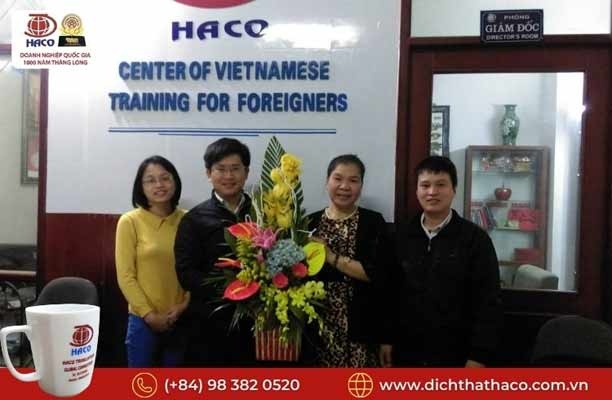
Tips for Teaching Vietnamese to Beginners
1. Start with the basics: Begin by teaching the Vietnamese alphabet and pronunciation. This will help students to understand the language and be able to read and write it.
2. Use visuals: Visuals such as pictures, videos, and diagrams can be used to help students understand the language better.
3. Incorporate culture: Incorporating Vietnamese culture into the lessons can help students to understand the language better and appreciate the culture.
4. Practice speaking: Encourage students to practice speaking Vietnamese as much as possible. This will help them to become more comfortable with the language and improve their pronunciation.
5. Use games: Games can be a great way to make learning Vietnamese fun and engaging.
6. Provide feedback: Provide feedback to students on their progress and encourage them to keep practicing.
7. Use online resources: There are many online resources available to help students learn Vietnamese. Utilize these resources to supplement your lessons.
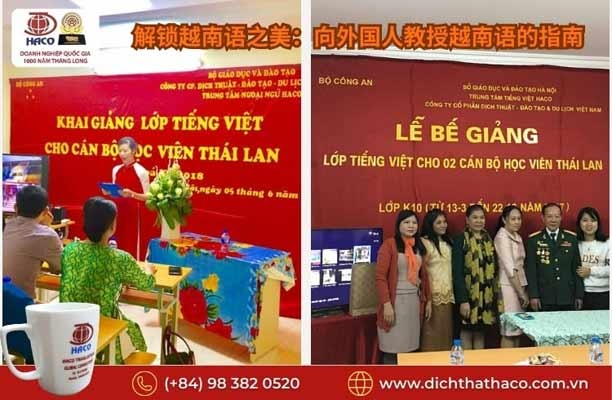
HACO TRANSLATION COMPANY – THE 1ST PRESTIGIOUS TRANSLATION SERVICE PROVIDER IN VIETNAM

COME WITH HACO TO FEEL THE DIFFERENCE AND COMPARE;
YOU WILL SEE THE BRAND WORTHY TO CHOOSE
20 years of accompanying enterprises
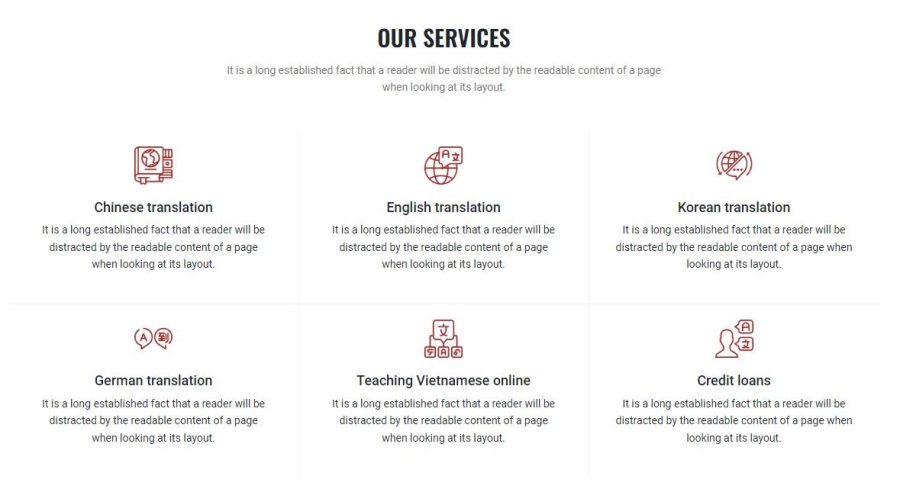
Thông tin liên hệ:
Địa chỉ Miền Bắc: Số 2, Ngõ 68, Ngụy Như Kon Tum, Phường Nhân Chính, Quận Thanh Xuân, Hà Nội
Địa chỉ Miền Nam: 2A/3 Nguyễn Thị Minh Khai, P. Đa Kao, Quận 1, TP.HCM Địa chỉ
Singapore : 391B Orchard Road, Ngee City Tower B Singapore 238874
Di động: +84 983 820 520
Điện thoại & Fax: +84 24 3554 3604
Email: hanoi@dichthuathaco.vn









